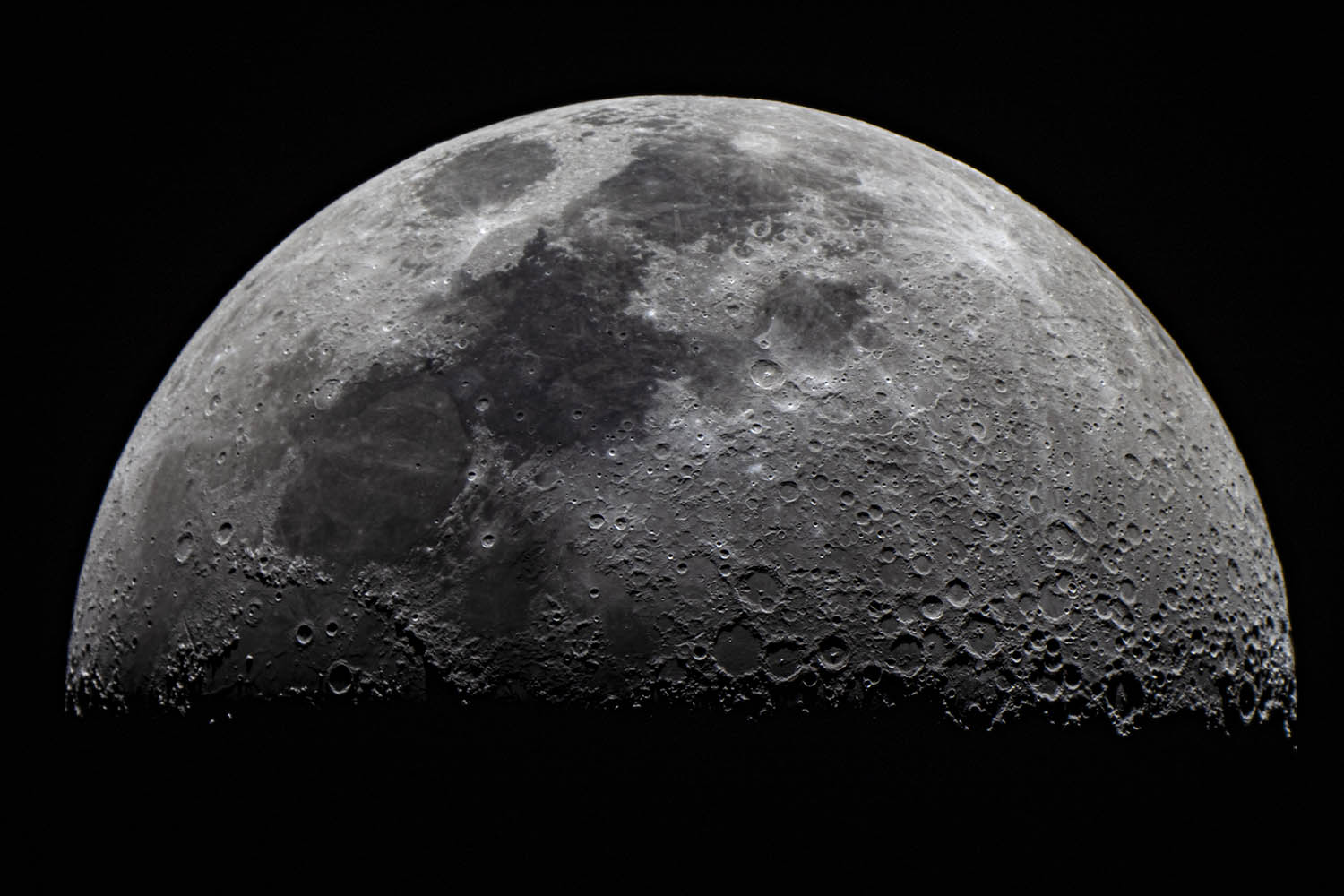This launch is important for the American space program. Although a private company built the spacecraft, if the mission succeeds, it will return to Earth's celestial companion for the first time in half a century. The launch took place after one o'clock in the morning local time from the Kennedy Space Center at Cape Canaveral, and the SpaceX Falcon 9 rocket left the Earth's surface without any problems.
The probe, called Odysseus, was scheduled to launch on Wednesday, but the mission was delayed by 24 hours due to the unusual temperature of liquid methane used in the lunar lander's engine. SpaceX later said the issue had been resolved.
A NASA-SpaceX live webcast shows the 25-story-tall rocket leaving the launch pad. About 48 minutes after liftoff, separation occurred, and the Falcon 9 rocket's upper stage headed toward the moon. The 21-day mission to the Moon is controlled and managed by three teams of 12 people.
Although the IM-1 mission is an Intuitive Machines project, six of NASA's science instruments are also on deck. They will collect data on the lunar environment before NASA plans to return astronauts to the Moon later this decade.
He also carries a Hungarian instrument
NASA's award-winning Lunar Water Sniffer will also be on board, and it is extremely small, measuring just 10 x 10 x 3.4 cm and weighing 40 decagrams. This detector is capable of measuring the amount of hydrogen in the surface layer of the moon, which may allow astronauts to be supplied with water. In addition, the hydrogen and oxygen extracted from water could be used as rocket fuel for future space exploration missions.
The Nova-C spacecraft is scheduled to reach the moon's south pole after a one-week journey. If this happens, Intuitive Machines will be the first private company to successfully land a spacecraft on the moon since the American Apollo program. The company confirmed that it studied the problems of previous missions and took appropriate measures to ensure that its spacecraft would not suffer a similar fate.
This is the second attempt this year related to the United States: the Peregrine lander launched by Astrobotic Technology at the beginning of January failed to reach its intended destination and, returning after a ten-day space flight, was destroyed in the atmosphere above the Pacific Ocean. On the other hand, Japan succeeded in landing, as the Japanese SLIM probe landed on the surface of the moon approximately 55 meters from the specified destination, making Japan the fifth country after the Soviet Union, the United States, China and India to successfully land a vehicle on the moon.
source: Reuters
Image source(s): Getty Images







